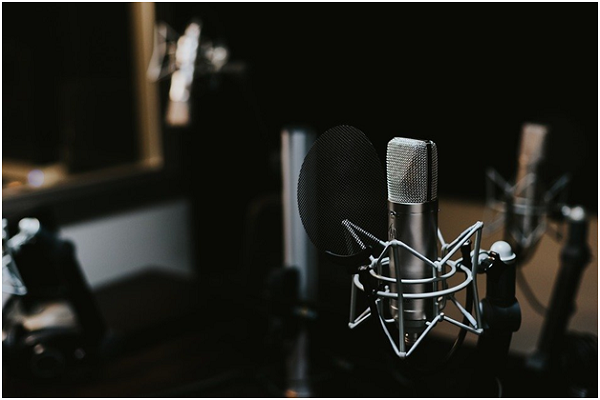Many people have ventured into podcasts lately. Whether for fun or educative purposes, you have to consider transcribing your podcast episodes. If you translate accurately, you can increase the accessibility of your podcast, your Search Engine Optimization, which can also be resourceful for your listeners.
For first-time users, transcribing files can be difficult and confusing, and you might not know where to begin. There are a couple of tools that can help you on your transcribing journey, and they are very straightforward. Knowing them will make your work easier; therefore, here are a few tips to get you started on your journey
1. Hire some professional help
If you're considering investing some money, getting professional services that can transcribe your podcast for you is an advantage. These transcription services can be manually done or sophisticated. It all depends on the provider you decide to use. Once you finish your podcast, you send it to them, and since they are professionals, it means they can guarantee top-quality transcriptions.
Using outside help also means that you get more time to focus on making your podcast, the time you would have otherwise spent on transcribing. The prices for these services vary with the company and the length of your podcast, too.
2. Use a free computer program
Several online converter programs are free. It is safer to use these kinds of programs to keep your expenditure manageable. However, they aren't always the most reliable, and issues with accuracy might come up. In the end, you might end up spending more on editing the transcriptions manually.
3. Use quality equipment.
Quality equipment is a basic yet very important point to consider. It does not just apply to people trying to transcribe their podcasts; it applies to audios or videos as well. Proper equipment will boost your transcript's speed and quality.
Buy good headphones which have the noise cancellation feature to keep out the ambient sound when transcribing so you can hear the audio better in the end. Also, get a fast and equipped computer with a good processor so that you can focus on transcribing and not how to fix the computer when it starts lagging every other minute. A foot pedal is also a plus since you can playback and rewind your audio easily.
4. Invest in a comfortable chair.
From an outsider's point of view, this seems like a very irrelevant piece of advice. However, investing in a good chair can determine how good or bad your work comes out. Transcribing can be long and tiresome. It involves taking your time and sitting in front of a laptop or computer typing and going through your audio over and over again.
In general, this is a process that will take up most if not all of your time. A comfortable chair will prevent back pain and fatigue and inevitably boost your concentration levels. Find a chair that conforms to your body's contours and natural shape to avoid leaving easily noticeable mistakes.
5. Research on your terminology
Podcasts focus on different topics, some high-end and some simple topics. If you are starting a podcast that focuses on high-end topics like science or technology, your audio may contain words, acronyms, or slangs which an average person may not know or will not understand. Try and search for these terms on the internet to see their synonyms, or talk to your fellow podcast makers and find out which words are easier and more relatable since they have experience with listeners. Experience which you might lack.
6. Produce quality audio.
A major part of transcribing depends on how good the audio you are given is. If it is silenced or has fuzzy sounds, the results will be inaccurate and full of errors. As you transcribe, look for parts in the audio that have fuzzy sounds or appear muffled or too quiet and use audio editing software to correct these mistakes or delete them entirely. And if editing the audio doesn't work, there is no shame in shopping around for better podcast audio.
7. Transcribe the podcast by yourself
Once you are done making your podcast, take a seat, listen keenly to your podcast and type the words that you've said. If you decide to streamline your transcription manually, some solutions play the audio as the text field, enabling you to switch the two of them as you work
Read- Touch Screen vs Non Touch Screen Laptops
Conclusion
The transcription strategy that you use is an important decision to make since it will have a great impact on your whole podcast. Despite being a difficult task, the pointers above are reliable and optimize your transcribing experience. You can also click here for more information.

No comments:
Post a Comment